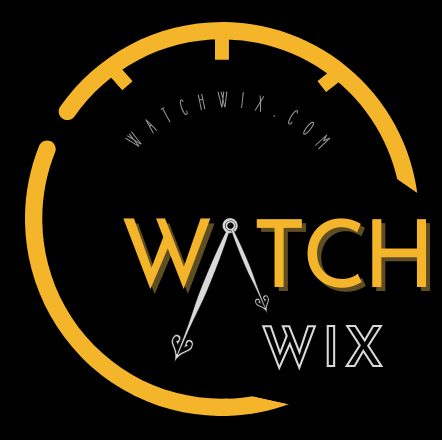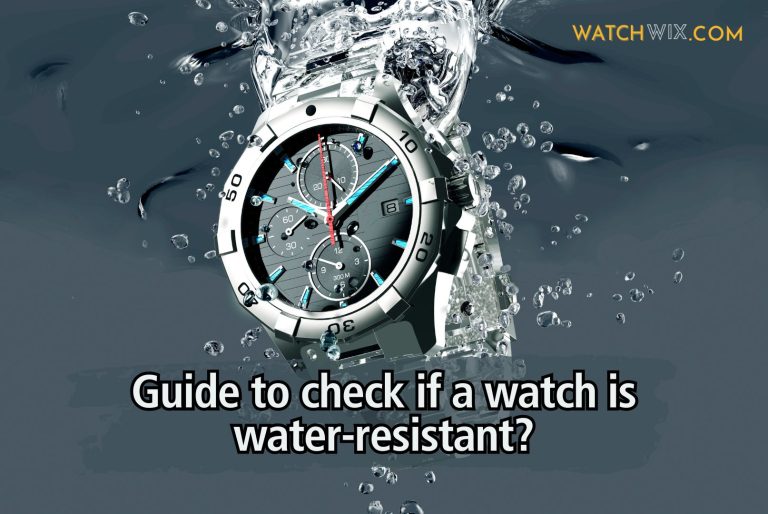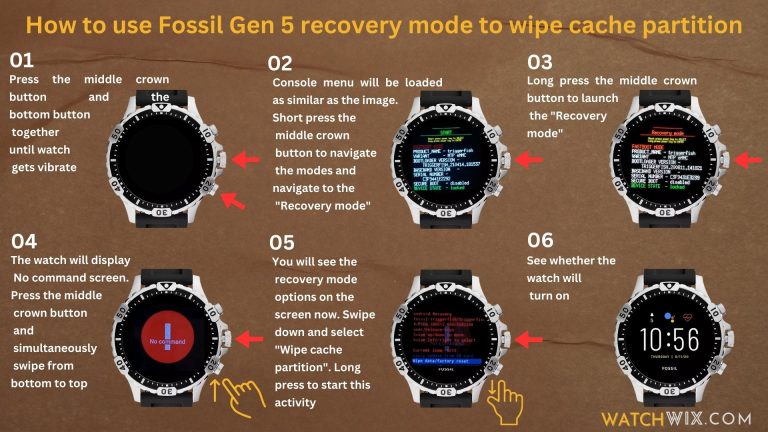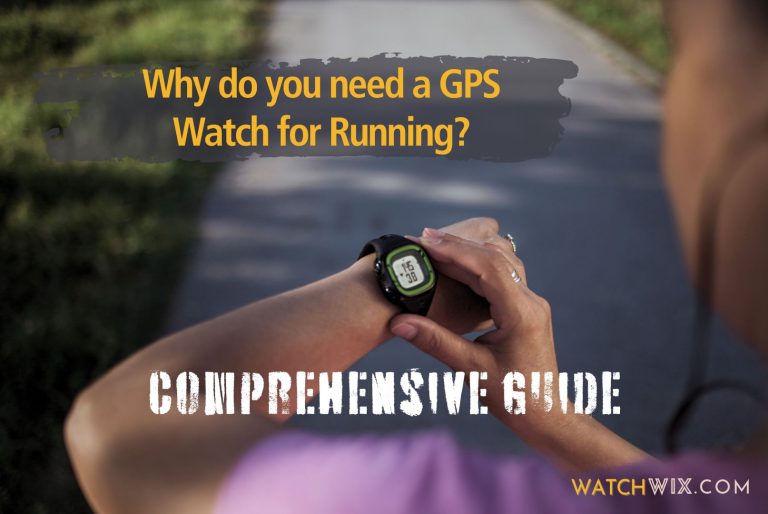What should you consider when buying GPS Running Watch?
What is a GPS Running Watch?
A GPS running watch is a specialized wearable device designed for runners and athletes to track and monitor their running and fitness activities. It incorporates GPS (Global Positioning System) technology to accurately measure and record various aspects of running, such as distance, pace, routes, and elevation. These watches have evolved significantly over the years and now offer a wide range of features beyond basic GPS tracking.
Things to consider when purchasing a GPS Running Watch
There are several important factors to consider when purchasing a GPS-running watch to ensure that you select the right device for your specific needs and preferences. Below are the must-checks to help you make an informed decision:
- GPS Accuracy: The primary function of a GPS-running watch is accurate location tracking. Look for a watch that uses multiple global navigation satellite systems (GNSS) like GPS, GLONASS, and Galileo to ensure precise and reliable tracking.
- Battery Life & Solar Charging Capability: Consider your typical running habits and choose a watch with a battery life that can meet your needs. Some watches offer long battery life in GPS mode, while others may require frequent charging. Also, try to get a watch with solar charging capability to avoid the hassle of frequent charging.
- Display: Check the display quality, size, and readability under various lighting conditions. A larger, high-resolution display can be beneficial for quickly checking your stats during a run.
- Design and Comfort: Consider the watch’s design, size, and weight. A comfortable and durable watch is essential since you will wear it during your runs. Choose a watch that suits your style and wrist size.
- Water Resistance: Ensure that the watch is water-resistant if you plan to use it in wet conditions or for swimming. Water resistance is typically measured in meters (e.g., 50m, 100m), indicating the watch’s ability to withstand water pressure.
- Heart Rate Monitoring: Look for built-in heart rate monitoring, and ideally, optical sensors for continuous tracking. Some models even offer advanced heart rate features like HRV analysis.
- Advanced Running Metrics: Consider whether the watch provides advanced running dynamics, such as cadence, stride length, ground contact time, and vertical oscillation. These metrics can help you improve your running form and efficiency.
- Training Features: Check if the watch offers training features like customizable workouts, pace alerts, virtual partners, and interval training. These features can be invaluable for structured training plans.
- Data Storage and Connectivity: Ensure that the watch can store and sync data with a mobile app or computer. Cloud syncing and compatibility with popular fitness platforms like Garmin Connect, Strava, or TrainingPeaks are advantageous.
- Smartphone Connectivity: Look for features like smartphone notifications, music controls, and the ability to receive calls or texts directly on the watch. This can be convenient for staying connected during your runs.
- App Compatibility: Research whether the watch integrates with the fitness apps and services you already use, ensuring a seamless experience.
- Build Quality: Assess the build quality of the watch, including the quality of materials and durability. Consider the ruggedness if you’re into trail running or other outdoor activities.
- Price: Set a budget, but be prepared to invest in a quality GPS running watch that meets your requirements. Prices can vary widely based on the watch’s features and brand.
- Updates and Support: Check if the manufacturer regularly provides software updates and offers good customer support. This can ensure the watch remains up-to-date and any issues are resolved promptly.
- Reviews and Recommendations: Read reviews from other runners and seek recommendations from the running community. Real-world experiences can provide valuable insights into a watch’s performance and usability.
How Does a GPS Running Watch Work?
The operation of a GPS running watch can be described as follows:
When you begin your run, you activate the GPS running watch, and it starts to establish a connection with satellites in space. This connection is facilitated by the watch’s GPS (Global Positioning System) receiver, which communicates with a network of satellites orbiting the Earth. The watch’s software then triangulates signals from multiple satellites to pinpoint your precise location on the planet.
As you start running, the GPS receiver continuously captures your position, creating a breadcrumb trail of data points. These data points are connected, and the watch calculates the distance you’ve covered based on the changes in your position. This real-time distance measurement is displayed on the watch’s screen and it will allow you to monitor your progress as you run.
In addition to distance, the GPS watch also records your pace, which is the speed at which you’re running per unit of distance (usually minutes per mile or kilometers). As you run, the watch tracks your current pace, average pace, and sometimes even splits, which show your pace for specific segments of your run.
Elevation tracking is another important aspect of GPS running watches, especially for those running in hilly or mountainous terrain. The watch uses satellite data to calculate changes in your elevation during your run, providing you with information about ascents and descents.
Many GPS running watches also incorporate heart rate monitoring. This is typically done through optical sensors on the back of the watch that detect changes in blood flow under your skin. By continuously measuring your heart rate, the watch offers insights into your effort level and helps you optimize your training intensity.
Advanced GPS running watches can offer additional running metrics, including cadence (steps per minute), stride length, ground contact time, and vertical oscillation. These metrics provide insights into your running form and efficiency, helping you make adjustments to improve your performance.
Once your run is complete, the GPS running watch stores the data for that workout, including distance, pace, elevation, heart rate, and any additional metrics collected during the run. This data can be reviewed on the watch itself, but it’s often synced to a mobile app or computer, where you can analyze your performance, set goals, and track your progress over time.
Functions of a usual GPS Running Watch
- GPS Tracking: Accurate tracking of your running routes, distance, and pace using satellite technology.
- Heart Rate Monitoring: Continuous or on-demand heart rate tracking using optical sensors or chest straps for precise intensity measurement.
- Distance and Pace Calculation: Real-time and average distance and pace metrics for monitoring and analyzing your runs.
- Elevation Tracking: Recording changes in elevation and providing data on ascents and descents.
- Advanced Running Metrics: Some watches offer metrics like cadence (steps per minute), stride length, ground contact time, and vertical oscillation to analyze the running form.
- Training Load Analysis: Assessment of your training intensity and volume, helping to avoid overtraining.
- Recovery Time Prediction: Estimates of how long you should rest before your next intense workout.
- Multi-Sport Modes: Support for various sports like cycling, swimming, and triathlons, with specialized tracking modes.
- Custom Workouts: The ability to create, follow, and share customized training plans and workouts.
- Interval Training: Pre-programmed or custom intervals with audio and visual cues.
- Smart Notifications: Syncing with your smartphone to receive calls, texts, and app notifications directly on the watch.
- Music Control: Control music playback on your phone while running.
- Data Storage: Storing data from your runs for later analysis or syncing to fitness apps and websites.
- App Integration: Compatibility with fitness and running apps like Garmin Connect, Strava, or TrainingPeaks.
- Health and Sleep Tracking: Monitoring of general health and sleep patterns, including stress levels.
- Long Battery Life: Some watches offer extended battery life, even for ultra-distance runs or multi-day events.
- Water Resistance: Resistant to water for swimming and use in various weather conditions.
- Smartwatch Features: Beyond running, these watches may include timekeeping, alarms, weather updates, and compass features.
- Touchscreen or Button Navigation: Different models may use touchscreen displays or physical buttons for navigation.
- Offline Mapping and Navigation: Onboard maps and turn-by-turn navigation, which is useful for trail running.
- Rugged Design: Durability and robust construction, make the watch suitable for demanding outdoor activities.
- Wireless Connectivity: Wi-Fi, Bluetooth, and ANT+ connectivity for data syncing, sensors, and accessories.
- Sunlight Readable Display: High-resolution, easy-to-read screens that work well in bright sunlight.
- Solar Charging: Some models have solar panels to extend battery life through solar energy.
- Altimeter: Measures altitude and changes in pressure for accurate elevation tracking.
- Temperature and Weather Data: Information on current conditions and forecasts during your run.
- Compass: Provides directional guidance during navigation and trail running.
- Barometric Sensor: Used for more precise elevation and weather data.
- Fitness and Health Tracking: General activity and wellness tracking, including steps, calories, and stress levels.
- VO2 Max Estimation: An estimate of your maximal oxygen consumption, reflecting your cardiovascular fitness.
- Compatibility with External Sensors: Ability to connect to additional sensors like foot pods, bike sensors, or chest straps.
- Aesthetic Customization: The watch’s appearance, including the ability to change watch faces and straps.
How Does a GPS watch work without the Internet?
A GPS watch operates independently of the internet by harnessing signals from a network of orbiting satellites, part of the Global Positioning System (GPS). This watch establishes a connection with these satellites to determine your exact location when you initiate your GPS watch. These satellites transmit precise timing and location information signals.
The watch’s GPS receiver, a specialized chip, receives signals from at least four of these satellites and uses a process called trilateration to calculate your position on Earth. The watch accurately computes its latitude, longitude, and elevation by analyzing the time it takes for each signal to reach the watch and the known locations of the satellites.
Importantly, this entire process occurs without the need for an internet connection. The watch calculates your position based on the timing of signals and known satellite locations.
The GPS watch may also include onboard maps stored in its memory, allowing it to visually represent your location on its screen without internet dependency. The watch continues to receive and interpret signals from the satellites, tracking your movements in real time as you embark on your run or activity.
Data such as your route, speed, and elevation changes are logged in the watch’s internal memory, enabling you to review your performance after your activity. This ability to function without internet access makes GPS watches highly dependable tools for outdoor activities in remote areas or locations where an internet connection is unavailable.
Pros of GPS Watch for Running
Here is a list of the pros of a GPS watch for running:
- Accurate pace and distance tracking: GPS watches use satellite signals to track your location, which allows them to provide accurate pace and distance tracking. This is essential for tracking your progress and setting goals.
- Comprehensive running metrics: GPS watches track a wide range of running metrics, such as heart rate, elevation gain and loss, and cadence. This data can help you to analyze your runs, identify areas for improvement, and track your fitness over time.
- Durability: GPS watches are designed to withstand the elements, making them suitable for running in all types of conditions.
- Convenience: GPS watches are convenient to use, as they provide all of the information you need on your wrist. This eliminates the need to carry your phone with you on your runs.
- Navigation: GPS watches can be used to navigate trails and unfamiliar routes.
- Training plans: Many GPS watches contain pre-loaded training plans. Some advanced watches allow you to create your own. This can help you to stay motivated and on track with your training goals.
- Safety features: Some GPS watches offer safety features, such as fall detection and live tracking. This can be helpful for runners who train alone or in remote areas.
Cons of GPS Watch for Running
Here is a list of the cons of a GPS watch for running:
- Cost: GPS watches can be expensive, especially the high-end models.
- Size and weight: GPS watches can be bulky and heavy which can be uncomfortable to wear on long runs.
- Complexity: Some GPS watches have a lot of features and can be complex to learn and use.
- Accuracy: GPS watches are generally accurate, but there can be errors due to factors such as weather and terrain.
- Battery life: While GPS watches typically have long battery lives, they will eventually need to be recharged. This can be a problem for runners who do very long runs or ultramarathons.
- Reliance on technology: GPS watches rely on technology to function, and if there is a problem with the watch or the satellite signal, your run data may not be accurate or complete.
- Distractions: Some runners find that the constant feedback from a GPS watch can be distracting.
- Addiction: Some runners may become addicted to their GPS watches and rely on them too much for motivation and feedback.
- Safety concerns: Some runners may wear their GPS watches on runs in unsafe areas, which could make them targets for crime.
Best GPS Running Watches Below $400
The following article contains the low-priced but feature rich best GPS Running watches,
Best GPS Running Watches Between Price Range of $400 to $900
The following article contains the high-end best GPS Running watches,
GPS Watch, Smartwatch, or Fitness Tracker – What is the best?
The best wearable device for you depends on your individual needs and budget. Here is a comparison of GPS watches, smartwatches, and fitness trackers to help you decide which one is right for you:
1. GPS watches
GPS watches are designed specifically for tracking runs and other outdoor activities. They typically have a built-in GPS receiver, as well as a variety of other features such as heart rate monitoring, elevation tracking, and pace tracking. GPS watches are also typically more durable than smartwatches and fitness trackers, making them ideal for use in challenging conditions.
2. Smartwatches
Smartwatches are designed to be worn all day, and they offer a wide range of features in addition to fitness tracking. Smartwatches can typically connect to your smartphone to receive notifications, make and receive calls, and access a variety of apps. Smartwatches also often have features such as music playback and mobile payments.
3. Fitness trackers
Fitness trackers are the most basic type of wearable device. They typically track steps taken, calories burned, and distance traveled. Fitness trackers are also typically the most affordable type of wearable device.
Here is a table comparing the three types of devices:
| Feature | GPS Watch | Smartwatch | Fitness Tracker |
|---|---|---|---|
| GPS Tracking | Yes | No | No |
| Heart Rate Monitoring | Yes | Yes | Some Models |
| Elevation Tracking | Yes | Some Models | No |
| Pace Tracking | Yes | Some Models | No |
| Durability | High | Medium | Low |
| Smartwatch Features | Few | Many | Few |
| Price | High | Medium | Low |
Which one is right for you?
If you are primarily interested in tracking your runs and other outdoor activities, then a GPS watch is the best option for you. GPS watches offer the most accurate tracking and the most features for runners and other athletes.
If you are looking for a wearable device that can do more than just track your fitness, then a smartwatch is the best option for you. Smartwatches offer a wide range of features in addition to fitness tracking, such as notifications, calls, and apps.
If you are on a budget or you are only interested in basic fitness tracking, then a fitness tracker is the best option for you. Fitness trackers are the most affordable type of wearable device, and they offer basic features such as step tracking, calorie tracking, and distance tracking.
Ultimately, the best way to decide which type of wearable device is right for you is to consider your individual needs and budget. Weigh the pros and cons of each type of device to decide which one is the best fit for you.






